
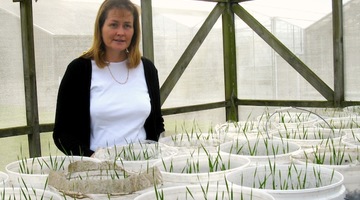
Scientists conduct investigations for all kinds of reasons. They may want to explore new ideas, gather evidence or prove or disprove previous results. Although scientists must follow certain ...
READ MORE
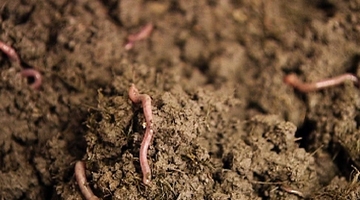
Adaptation is an evolutionary process whereby an organism becomes increasingly well suited to living in a particular habitat. Natural selection results in helpful traits becoming more common in a ...
READ MORE
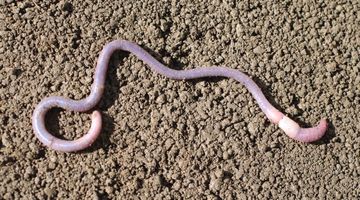
Octochaetus multiporus is a deep-burrowing earthworm native to New Zealand. It grows up to 30 cm in length and emits bioluminescent fluid when disturbed. Scientific classification Kingdom ...
READ MORE

In this activity, students consider some of the ethical issues involved with keeping earthworms (and other animals) captive in a classroom setting. By the end of this activity, students should be ...
READ MORE

In this activity, students use observation to explore earthworm anatomy and the nature of science. By the end of this activity, students should be able to: identify various physical ...
READ MORE

In this activity, students use a three-level reading guide to locate information about the role of observation in science from the text of an article. They interpret what the text means and then ...
READ MORE

Although invisible to the naked eye, marine microbes drift continually in our ocean systems, quietly consuming up to 50% of the Earth’s CO2 through photosynthesis and producing nearly as much ...
READ MORE

Instant Wild is an initiative by the Zoological Society of London. Photos or videos of animals are recorded using hidden cameras in a range of worldwide locations. The aim is to increase the ...
READ MORE
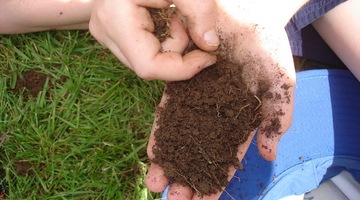
Earthworms are useful indicators of soil health. This project aims to capture information on earthworm abundance and species distribution throughout New Zealand. Information provided will be used ...
READ MORE

To most of us, one earthworm resembles another. Although earthworms do have common characteristics, species differ widely in their size, skin colour and in the roles they play in the soil ...
READ MORE
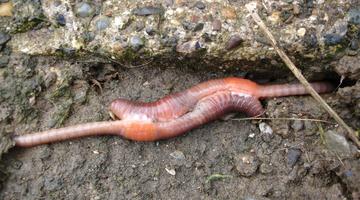
Earthworms are of interest to most children, are easily accessible and are an animal species easily kept in the classroom for short periods of time. This makes them ideal subjects for exploring ...
READ MORE

School science is engaging when it makes connections to students’ everyday lives (Osborne & Collins, 2001) and when they have an opportunity to experience physical phenomena first-hand – the ...
READ MORE
Although earthworms are classified as animals, their bodies are quite different to animals that live above the ground. This video highlights some of the interesting physical characteristics ...
READ MORE
New Zealand has over 200 known species of earthworms. Most of these are natives and are found nowhere else in the world. Many of our native earthworms live in remote forest habitats so we don’t ...
READ MORE
Charles Darwin's book on evolution, published in 1859, brought together a huge amount of evidence and – most importantly – suggested a mechanism to explain how evolution might occur.
READ MORE
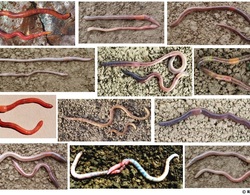
Learn more about introduced and native earthworms in Aotearoa New Zealand. Use the Slideshow menu for further options, including view full screen, and go here for the download option.
READ MORE

The earthworm’s body is well adapted for life in the soil. Click on the labels to see images and learn more. Select the green button to see what’s on the inside of an earthworm. Go here to view ...
READ MORE
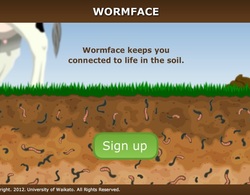
After students have researched an earthworm of their choice they can use this interactive to complete a Wormface profile for their earthworm. You will need the Adobe Flash Player to view this.
READ MORE